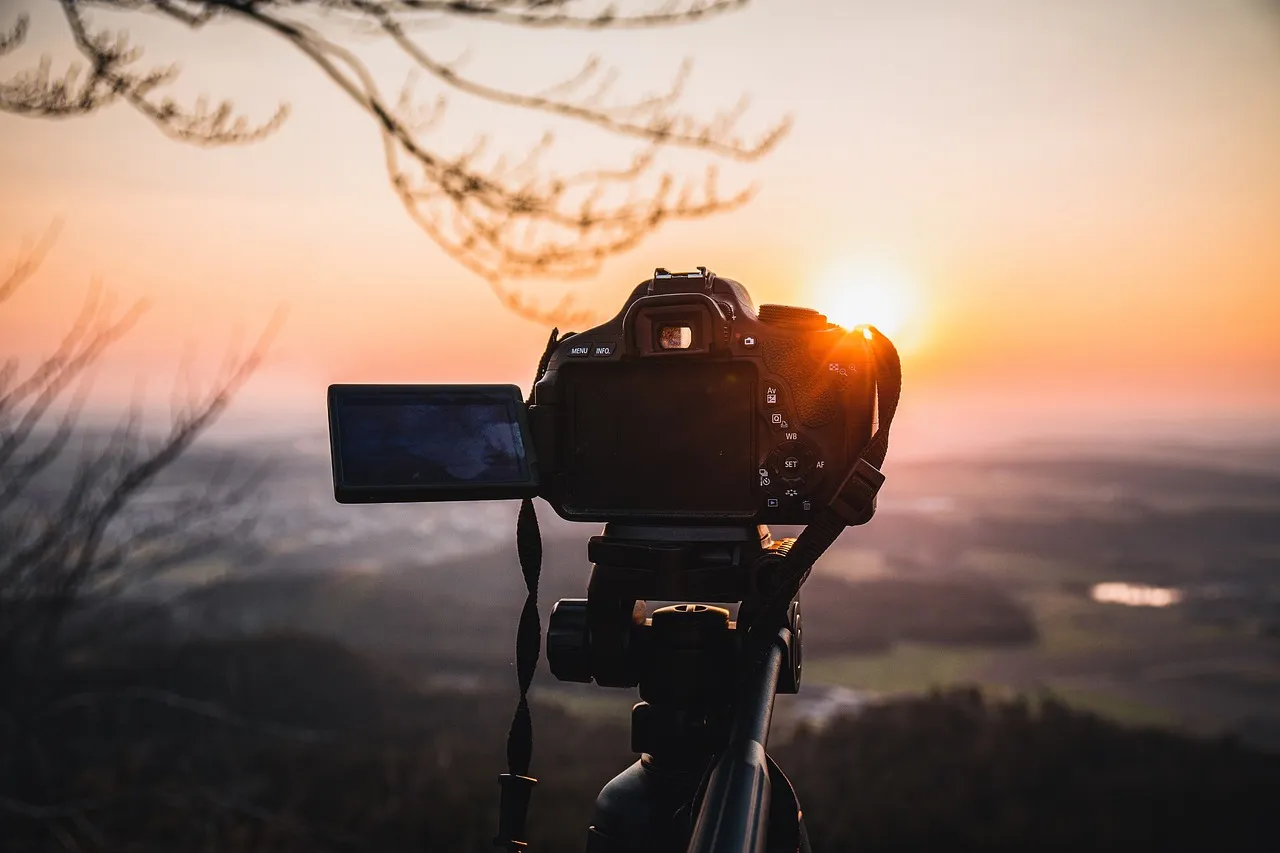
Best Camera Gear for Kilimanjaro Climbers | Jaynevy Tours
Capturing your Mount Kilimanjaro journey is just as important as completing it. The views from the summit, landscapes of alpine deserts, and group triumphs are memories worth preserving. But at high altitudes and extreme conditions, not every camera will do. In this guide, we cover the best camera gear for Kilimanjaro climbers—including compact options, protective accessories, and pro-level tips for shooting in harsh environments.
"The mountain doesn't wait for perfect lighting—be ready with gear that performs when it matters most." — Kili Adventure Photographer
Why Camera Choice Matters on Kilimanjaro
From sunrise over Mawenzi Peak to the glacier glow at Uhuru, Kilimanjaro offers some of the most stunning visual experiences in Africa. But the cold, dust, altitude, and limited packing space demand lightweight, rugged, and dependable camera gear. A well-chosen setup ensures you won’t miss a single memory or breathtaking view.
Must-Have Camera Features for Kilimanjaro Photography
- Weight and Size: Compact and mirrorless cameras are ideal. DSLRs are great but can be bulky on long hikes.
- Battery Life: Cold temperatures reduce battery performance. Carry spares and keep them close to your body for warmth.
- Weather Resistance: Your camera should withstand dust, wind, and occasional snowfall. Use weather-sealed bodies or protective covers.
- Fast Autofocus: Capture wildlife or moving trekkers quickly without missing the shot.
- Low-Light Performance: Some of the best moments, like sunrise summit shots, happen in low light. Choose gear with good ISO range and fast lenses.
Top Recommended Cameras and Gear for 2025 Climbers
1. Sony Alpha a6400 (Mirrorless)
Lightweight, weather-resistant, and great in low light, the Sony a6400 is a favorite for trekking photographers. Its compact body packs pro features like 4K video, real-time tracking AF, and excellent battery management.
2. GoPro HERO12 Black
The GoPro HERO12 is waterproof, shockproof, and tiny—perfect for action shots, time-lapses, and selfie-style vlogs. Clip it to your chest strap or trekking pole for hands-free recording on the trail.
3. Canon Powershot G7X Mark III
A powerful compact camera with superb image quality, fast lens, and built-in Wi-Fi. The G7X Mark III is excellent for climbers who want DSLR-like performance without the bulk.
4. DJI Osmo Pocket 3
This stabilized mini-camera is perfect for smooth videos on the move. It’s ultra-compact, and the new version comes with a larger sensor for better low-light footage—ideal for summit night storytelling.
Essential Accessories for Kilimanjaro Photography
- Extra Batteries: Cold drains power. Bring at least 2–3 extras for your main camera.
- Dry Bag or Case: Protect gear from dust, rain, or accidental drops.
- Lens Cloths: Use microfiber cloths to clean mist, fog, or dirt from lenses.
- Mini Tripod or GorillaPod: Useful for time-lapse videos or hands-free group photos at camp.
- Memory Cards: Carry multiple high-speed cards. Store backups in sealed bags.
What to Avoid Bringing
- Bulky DSLR Kits: Unless you're a professional, heavy camera bags will weigh you down and tire you out faster.
- Unsealed Cameras: Devices not designed for dust or cold may malfunction at high altitudes.
- Tripods Over 1kg: Unnecessary weight—opt for portable tripods if you need stability.
Conclusion: Capture Your Summit Story
Investing in the right camera gear helps preserve your once-in-a-lifetime experience on Kilimanjaro. Whether it’s a Sony mirrorless, a rugged GoPro, or a simple compact camera, the key is balancing performance and portability. Test your gear before the trek, pack smartly, and most importantly—don’t forget to step away from the lens and soak in the moment too!
FAQs
1. Can I use a drone on Mount Kilimanjaro?
No. Drones are currently banned in most Tanzanian national parks, including Kilimanjaro. Always check the latest regulations with th.
2. How do I keep my camera batteries warm during the climb?
Store spare batteries in your inner jacket pocket or sleeping bag. Body heat preserves charge during freezing nights.
3. Will my smartphone work for Kilimanjaro photos?
Yes—modern smartphones with good cameras can capture decent shots. However, battery life and cold sensitivity are limiting factors. Use a power bank and insulated pouch.
For airport transfers, Kilimanjaro trek packages, and travel planning assistance, please contact us via WhatsApp: +255 678 992 599 or email jaynevytours@gmail.com.
